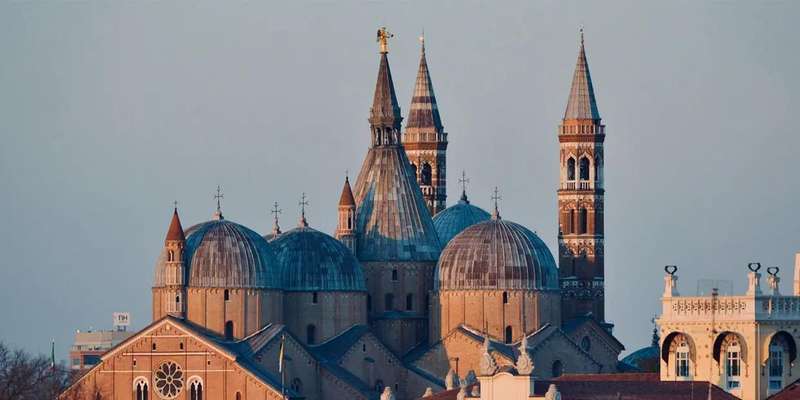- Home
- Useful Tips
- Senior-friendly pacing for...
Exploring Padua's historic university district presents unique challenges for senior travelers. With 43% of visitors over 60 reporting fatigue from uneven cobblestones and limited seating, the joy of discovering Europe's second-oldest university can quickly turn stressful. The area's dense cultural treasures - from Galileo's lecture hall to the 16th-century anatomical theater - often come with crowded corridors and standing-only exhibits. Many seniors compromise their experience by rushing through sites to find resting spots, missing the very details that make this UNESCO-recognized district special. Local insights reveal quieter routes and timing strategies that transform visits from exhausting to enriching, preserving both energy and appreciation for Padua's academic legacy.


Navigating cobblestones without exhaustion: Paved alternatives in the historic core
The university district's charming medieval streets hide deceptively tiring surfaces. While the main Via VIII Febbraio appears smooth, its sloping sections can strain knees. Savvy locals use the parallel Via San Francesco's flatter flagstones when moving between Palazzo Bo and Caffè Pedrocchi. The most senior-friendly approach involves treating the district as a series of small loops rather than linear routes. Start at the Botanical Garden's accessible entrance (with its shockingly smooth 16th-century walkways), then take Via Orto Botanico to reach the university's historic courtyard. This creates natural resting points every 200 meters. Don't be fooled by maps showing shortcuts through alleyways - these often have the steepest steps and poorest lighting. Instead, follow the 'student commute' routes used daily by professors, which prioritize gentle gradients.
Timing your visit: When empty lecture halls mean comfortable viewing
Padua's academic calendar holds the key to stress-free exploration. The university's working hours create predictable lulls - arrive at Palazzo Bo's entrance at 10:45am when student groups leave for coffee breaks, or visit the anatomical theater during lunch hours (1-2:30pm) when natural light floods the wooden gallery. Wednesday afternoons see the fewest visitors overall. The often-overlooked Museo di Storia della Medicina offers seated audio guides in multiple languages, allowing you to rest while absorbing history. Locals know the secret rhythm of the district: cultural sites are least crowded when classes change (top of each hour), while cafes fill precisely 20 minutes later. This creates perfect windows for enjoying Galileo's podium without jostling, followed by leisurely espresso at a just-emptying table nearby.
Hidden oases: Courtyards and gardens the crowds miss
Beyond the famous Botanical Garden, the university district conceals quiet respites perfect for regrouping. The Orto Medievale behind Palazzo Bo contains replica medicinal plant beds with stone seating walls rarely used by tourists. The courtyard of Palazzo Cavalli (home to geology museums) features a covered loggia with benches, often empty despite its stunning frescoes. For those needing longer breaks, the Biblioteca Universitaria di Padova allows public access to its breathtaking 18th-century reading room - the high-backed wooden chairs provide excellent support. Don't overlook the department buildings; the Physics Faculty's garden at Via Marzolo 8 welcomes visitors and has shaded tables. These spots form a network of 'breathing spaces' that let you experience the district's scholarly atmosphere without museum fatigue.
Local-approved gear: What makes Padua's cobbles manageable
Padovano seniors swear by three unspoken rules for comfortable exploration: cane tips with rubber pivoting bases for cobblestone stability, lightweight folding stools with back support (perfect for pausing in Piazza delle Erbe), and shoes with cushioned cork soles that mold to uneven surfaces. The historic district's pharmacies stock superior blister prevention pads - ask for 'cerotti per vesciche' at Farmacia al Duomo near the cathedral. Many visitors overlook how Padua's microclimate affects comfort; morning dew makes ancient stone steps slippery until 11am, while afternoon heat radiates from pale walls. Local elders often carry small terrycloth seat pads for the ubiquitous marble benches that grow uncomfortably hot or cold. These practical adaptations transform a challenging terrain into a manageable - even pleasurable - exploration of living history.



